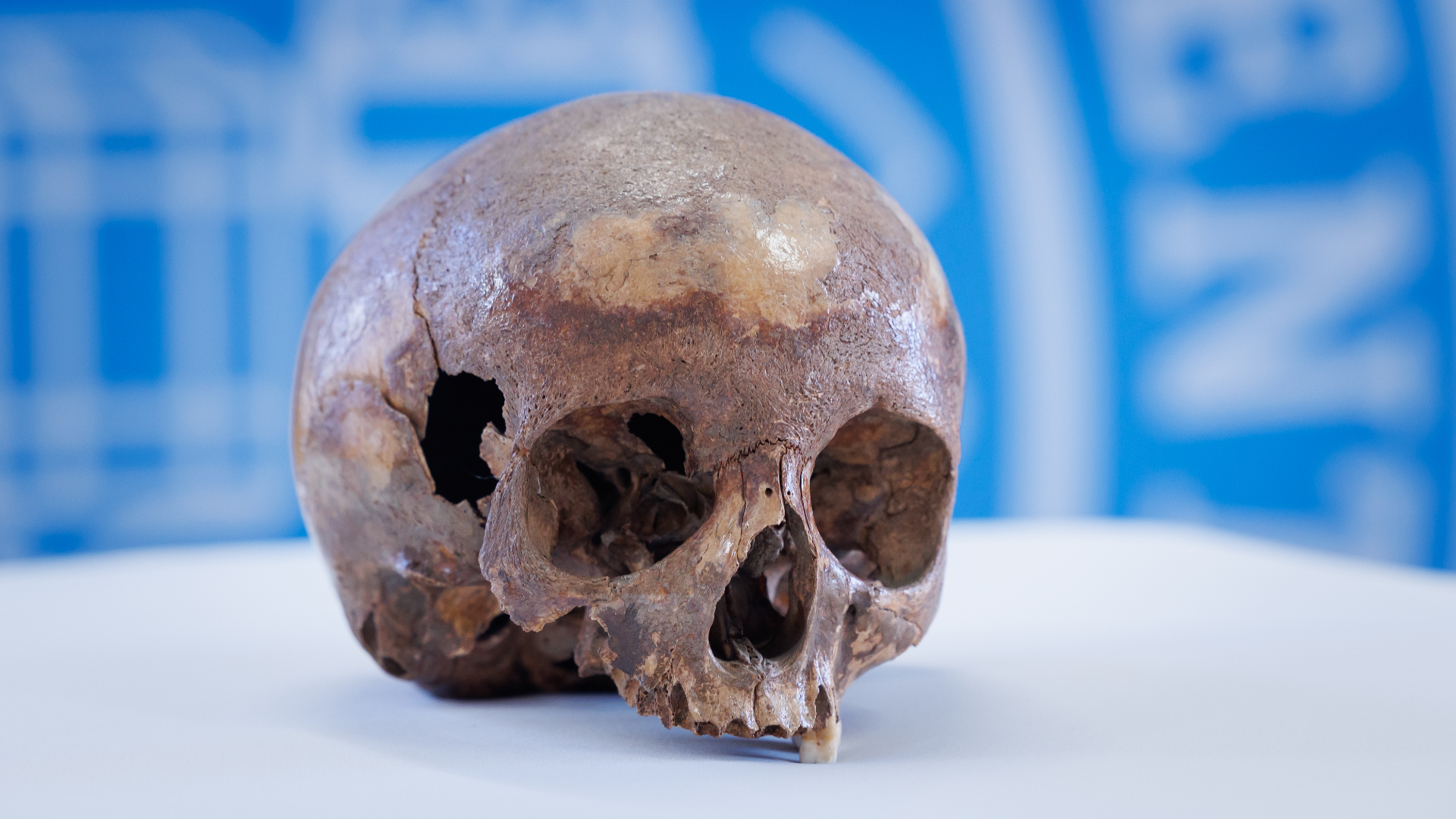For nearly a century, the identity of a skull thought to belong to Queen Cleopatra’s murdered half-sister, Arsinoë IV, remained one of history's enduring mysteries. Now, advanced scientific techniques have finally unraveled the truth—and it’s not what anyone expected.
The Skull’s Discovery
In 1929, Austrian archaeologist Josef Keil and his team uncovered a skull and skeletal remains in a flooded sarcophagus at the “Octagon,” an ornate tomb in the ancient city of Ephesus, modern-day Turkey. The tomb’s grandeur suggested it was the resting place of someone of immense importance.
Historians speculated the remains could belong to Arsinoë IV, Cleopatra’s younger half-sister. Arsinoë was exiled to Ephesus and ultimately assassinated around 41 BCE on Cleopatra’s orders, with the assistance of her lover, Mark Antony.
The skull was taken to Germany, then Austria, where it became a key piece of evidence fueling the theory.
Science Shatters the Theory
A team from the University of Vienna, led by anthropologist Gerhard Weber, recently revisited the skull using cutting-edge methods, including micro-CT scans, DNA analysis, and forensic anthropology.
Their findings, published on January 10, upend the long-held hypothesis. Initial dating placed the skull between 36 BCE and 205 BCE, aligning with Arsinoë’s timeline. But DNA tests from a femur found in the same tomb revealed a startling truth: the skull and bones belonged to a male, not a female.
The Real Identity of the Skull
Further analysis showed the remains belonged to a boy aged 11 to 14, with distinct growth abnormalities likely caused by a vitamin D deficiency. Genetic evidence suggested he was of Roman origin, possibly from Italy or Sardinia.
While the boy’s identity remains unknown, researchers believe he was of significant status, given the grandeur of his burial site.
The Ongoing Search for Arsinoë
This revelation marks the end of one chapter but opens another. If the Octagon wasn’t Arsinoë’s tomb, where are her remains? The team’s findings highlight the need for further exploration into Ephesus and its historic significance.
Gerhard Weber remarked, “The results open up a wide field for exciting new research.”
A New Mystery Unfolds
Though the search for Arsinoë continues, the boy’s story is now a mystery of its own. Who was he, and why was he buried in a tomb meant for someone of such high stature?
As archaeologists and historians dive deeper, the tomb serves as a poignant reminder of how much remains hidden beneath the sands of time.
For now, the skull remains in Austria, where it has been since Keil first transported it nearly a century ago. Meanwhile, Cleopatra’s shadow looms large, as history continues to grapple with her legacy and the secrets of those who lived—and died—in her orbit.









